Raijintek Styx Case Review: Simplicity Par Excellence
A Closer Look at the Raijintek Styx Case
The Raijintek Styx measures 210 × 360 × 335mm; compact by any enclosure standard. Motherboard support includes micro-ATX and mini-ITX, but the extra height is for providing 240mm radiator support at the top such as Raijintek’s own Triton AIO rather than for a power supply which is mounted on the front of the case vertically. Rather than having a thoroughly boxy shape, Raijintek has curved the corner edges of the panels, giving the design some character.
The external shell of the Styx is made of 1.5mm thick aluminum while the internal motherboard, rear and side drive panels are made of 0.5mm rolled steel painted black. The white version is painted matte white, with only the front angled trim having a hint of brushed aluminum finish like the other Styx color options.
Other than the color differences, the Raijintek Styx is also available in two version: Styx and Styx Classic. The Styx classic has a dual solid aluminum side-panel while the regular Styx has a viewing window right over the CPU socket area. The right sidepanel also has a brush-covered slot for a slim slot-loading optical drive. Both side-panels are held in place by silver screws. In fact, the entirety of the Raijintek Styx uses screws of various sizes for assembly, making it one of the most modder-friendly cases out there.
Since the optical drive option is on the right side-panel, the front side only has the power button on the top center and the Raijintek logo printed on the bottom center. The power button is aluminum and lights up as a white LED ring when the system is active.
Centered towards the front of the top panel is the front IO with a pair of audio ports for a microphone and a headphone in between a pair of USB 3.0 ports. Since there is an option to mount a 240mm radiator or a pair of 120mm fans at the top, this panel is ventilated with a removable mesh filter. This filter is removed from the inside (popping out the lock on the sides closer to the right side).
The power supply orientation has been moved towards the front of the case with the exhaust pointing downward. An extension cable is built into the Styx to facilitate this orientation.
Standard ATX form-factor power supplies are supported, although SFX support with ATX adapter would be preferable to maximize internal space. Most SFX power supplies recently actually already come with an ATX adapter so this is not a major concern that it was not bundled.
Four black rubber corner feet are screwed into the bottom which elevate the Styx 10mm off the ground, so if it is going to be placed on a carpeted surface, a hard surface interposer is recommended or users can choose to mod the feet with something that will provide higher clearance.
The rear panel shows an upside down micro-ATX layout with a 120mm fan pre-installed at the bottom and five expansion slots available. These expansion slots have reusable slot covers and there is a latching plastic cover for the screw mounts. The power supply extender cable connector is at the very top right corner beside two grometted water-cooling holes for external water-cooling support.
Inside, a panel for mounting 2.5” or 3.5” drives is screwed on near the top. This concept of a removable mounting panel has been the option of choice for many smaller form factor systems, as previously seen on the RAIDMAX Hyperion case review.
Users can install either a pair of 2.5” or a pair of 3.5” drives or even one 2.5” plus one 3.5” drive. The mounts all have rubberized dampeners so vibrations from mechanical movement is minimized (no teeth gnashing metal-to-metal contact to worry about).
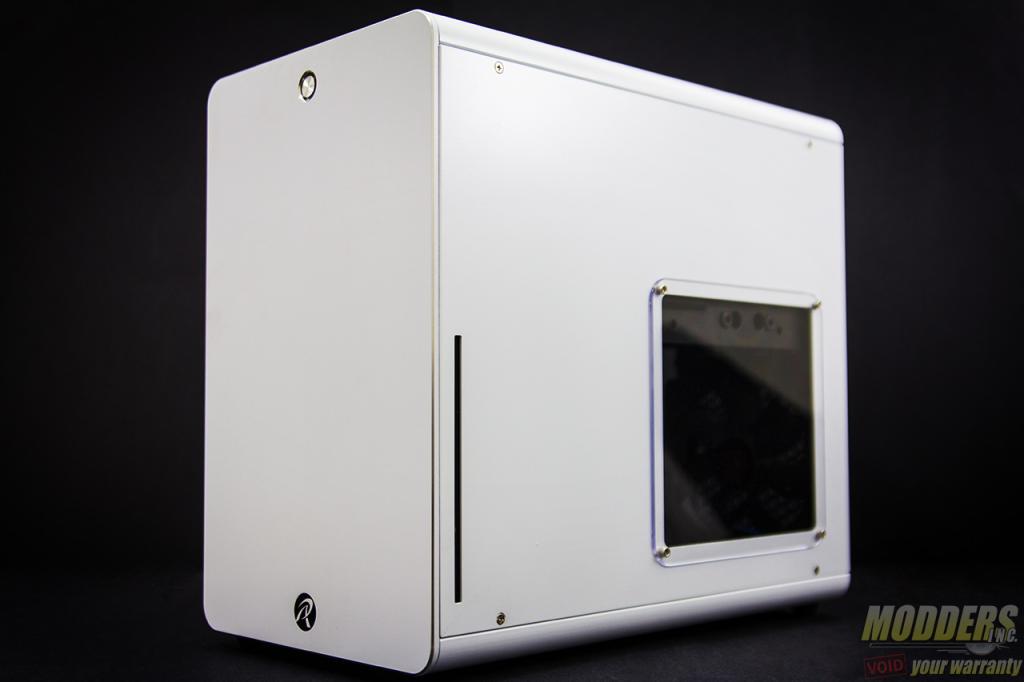
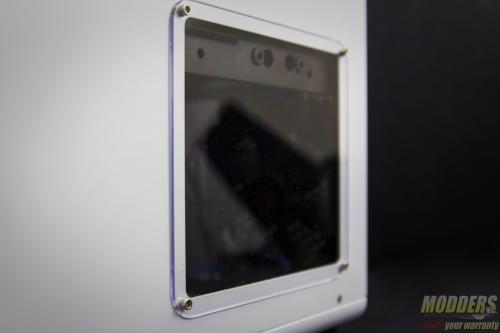
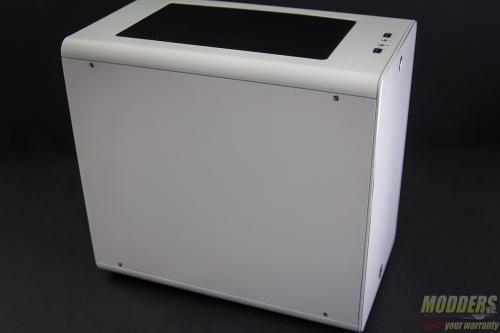
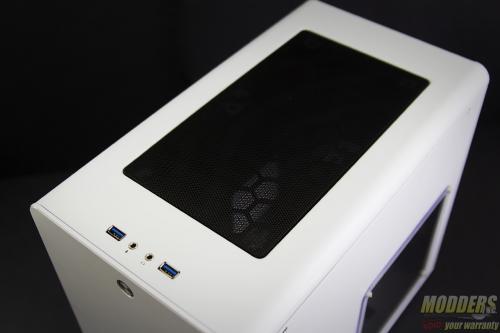
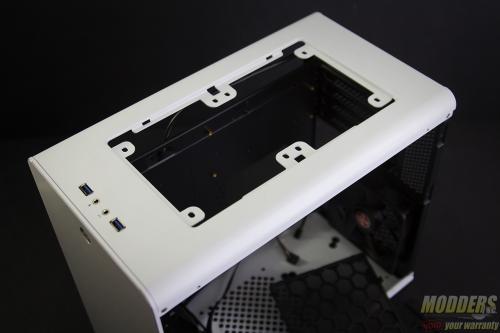
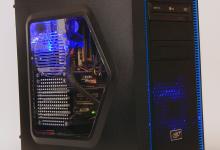
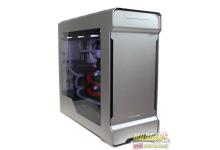
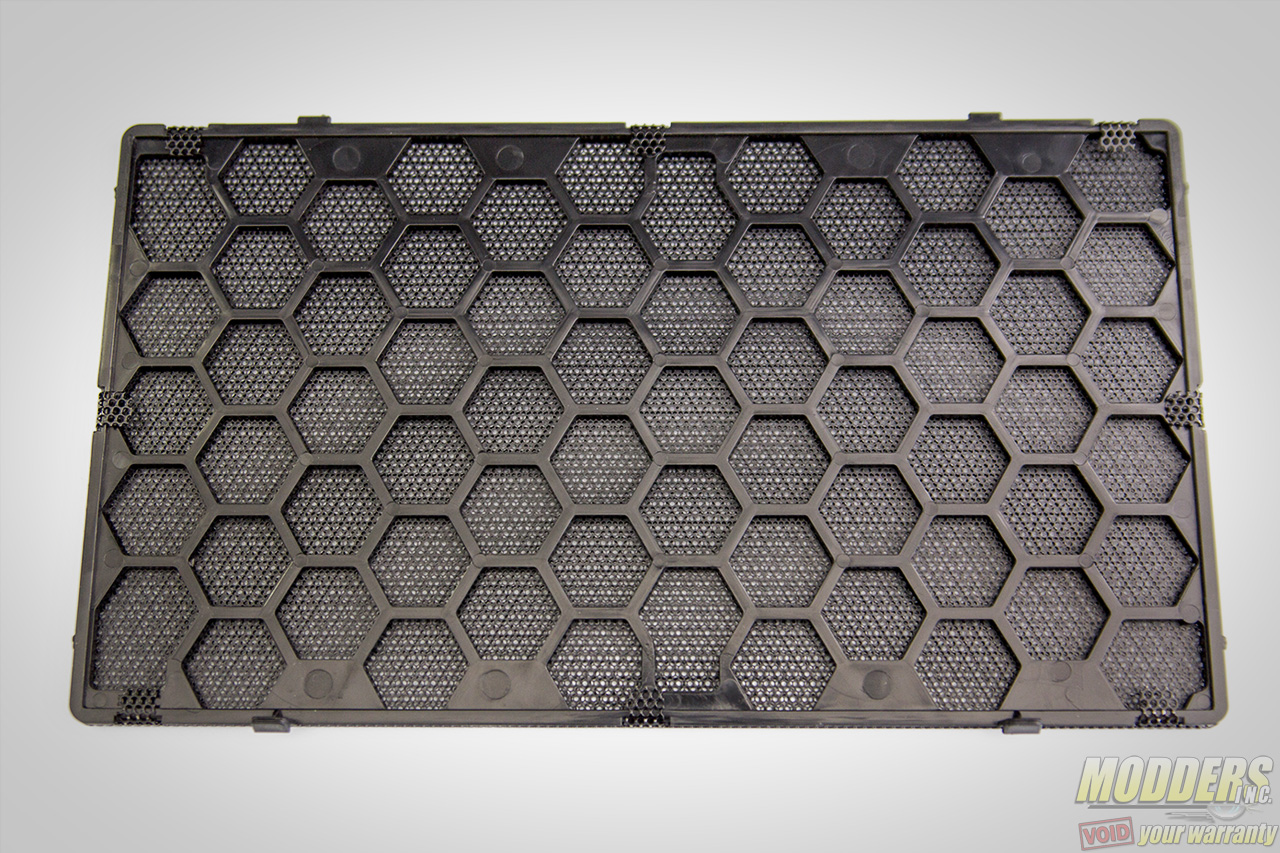
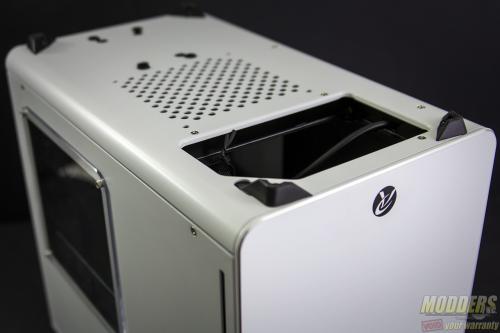
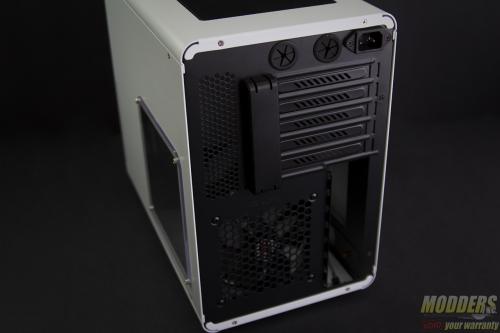
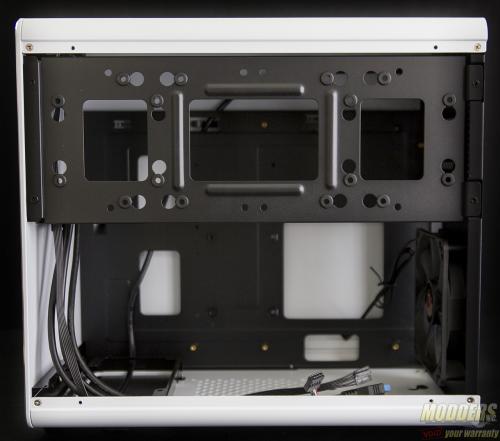
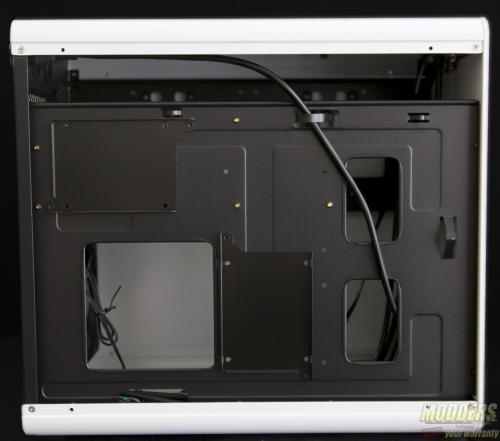
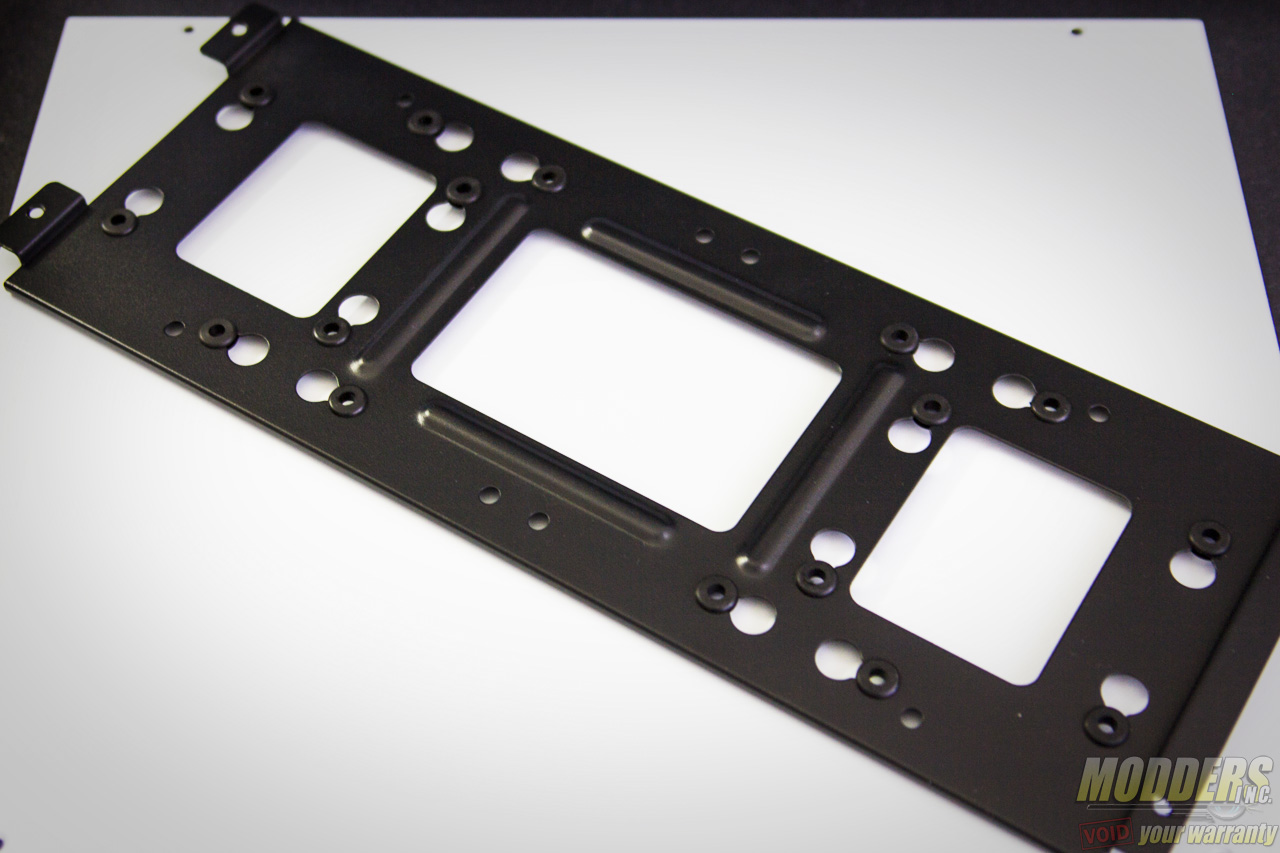

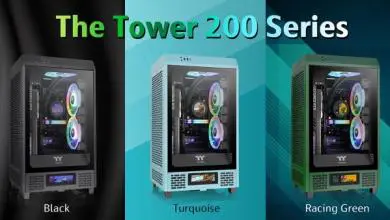

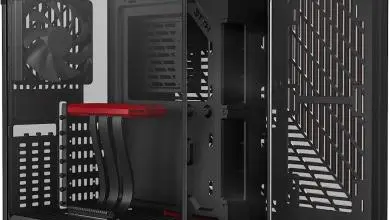
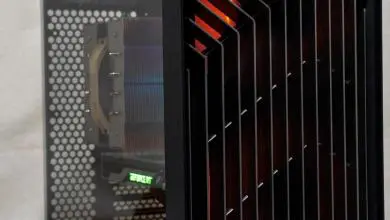
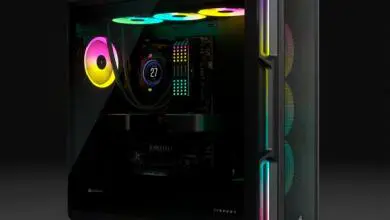

Hi!
How are things going with a 160mm deep modular PSU in regards with the GPU clearance?
Compatibility will depend on the model of the modular PSU because of the placement of the connectors. The Cooler Master Hybrid for example had the 24-pin and PCIE at the bottom row so it will be obscured with cards longer than 250mm, but some modular power supplies only have some of the peripherals at the bottom row, but have all the essentials at the top. 160mm is the absolute physical limit without factoring in connectors (just enclosure to card, also not factoring in sag, etc). If the card is long, the tip of it will be sitting partly of the 160mm long PSU. For a 160mm PSU, a non-modular would actually provide better clearance (although a lot more extra cables to cable manage).
Thanks!
I’ve been taking a look at Corsair RMx/RMi series which are 160 mm deep and have the modular connectors similarly placed as the Silverstone PSU you have used, so that leaves about 280mm for the video card.
I wished Rajintek made the case a bit more compatible with 160mm deep modular PSU’s, as there are to few great choices below this size.
Unfortunately I do not have a 650W RM series on hand to verify the clearance but Watercooled.ch used a Thermaltake DPS-G 650W (a 160mm deep PSU as well) on their review and you can see there the clearance on their assembled build photo (link below). The video card they used has a shorter PCB and had a longer heatsink so you can see that the PCB with the sag would actually be touching a 160mm if the PCB was as long as the heatsink: http://www.watercooled.ch/raijintek-styx-case-review/
It is a little bit pricier than ATX, but you can also check out SFX power supplies as they would be the most comfortable as it is only 100mm deep. Although some companies don’t include the SFX to ATX adapter out of the box. I know Corsair doesn’t but Silverstone does. Amazon lists the adapter as worth $20 which is too expensive IMHO. Corsair should start bundling it in their SFX units like Silverstone: https://www.amazon.com/SilverStone-Technology-Universal-Bracket-RL-PP08B/dp/B01BYB33J8